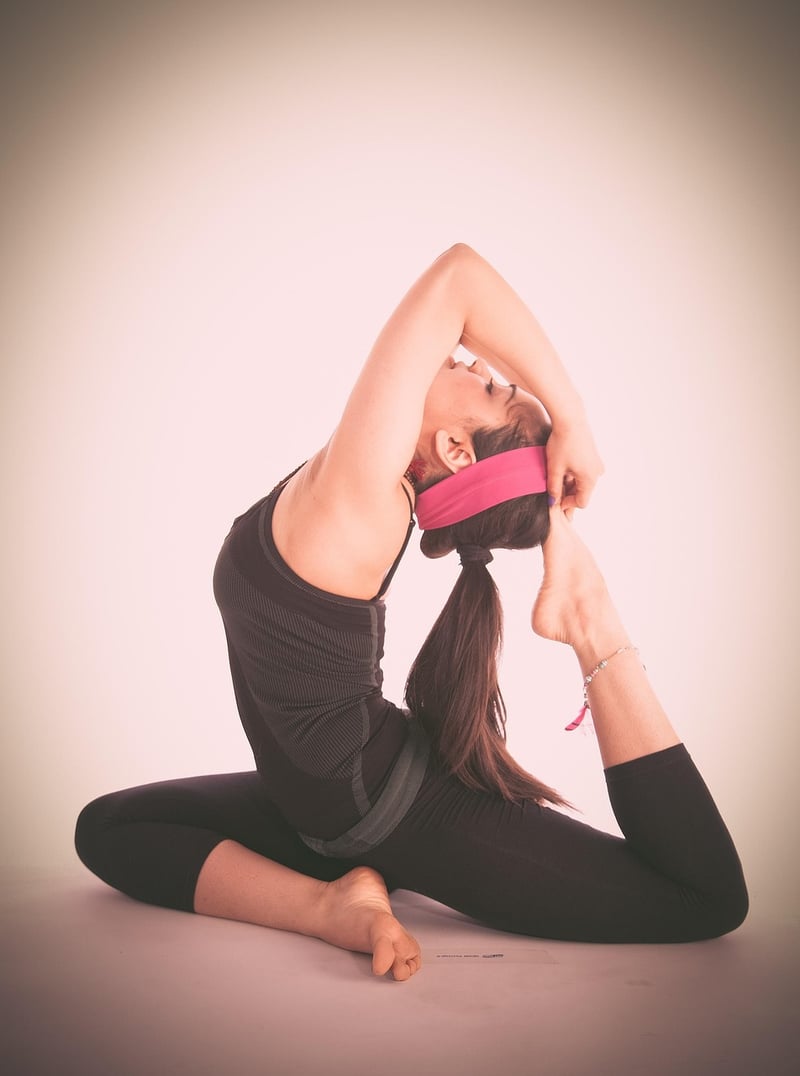Flexibility Training
#Stretching
#Flexibility
#Mobility
The Importance of a Flexible Body and Effective Flexibility Training
Having a flexible body is vital for overall health and well-being. Flexibility not only helps prevent injuries during physical activities but also improves posture, reduces muscle tension, and enhances athletic performance. Incorporating flexibility training into your fitness routine can lead to a wide range of benefits.
Benefits of a Flexible Body:
- Enhanced range of motion in joints
- Improved muscle coordination
- Reduced risk of injuries
- Better posture and alignment
- Increased blood flow and circulation
- Enhanced athletic performance

Effective Flexibility Training Techniques:
- Static Stretching: Hold a stretch for 15-30 seconds focusing on major muscle groups.
- Dynamic Stretching: Perform controlled movements to increase flexibility and range of motion.
- PNF Stretching: Proprioceptive Neuromuscular Facilitation involves contracting and relaxing muscles for deeper stretches.
- Yoga and Pilates: Incorporate these disciplines for improved flexibility, strength, and balance.

Tips for Effective Flexibility Training:
- Warm-up before stretching to prepare muscles for flexibility exercises.
- Breathe deeply and relax into each stretch to avoid injury.
- Focus on proper form and alignment to target the right muscles.
- Be consistent with your flexibility routine to see long-term results.
By incorporating flexibility training into your fitness regimen, you can achieve a more flexible body, improve your overall health, and enhance your performance in various physical activities. Remember to listen to your body, progress gradually, and enjoy the benefits of increased flexibility.
Stay flexible, stay healthy!
